Mule Deer Antler Restrictions
Wednesday, September 26th, 2018This is Passport to Texas
When Mule Deer season opens mid-November hunters must abide by antler restrictions on bucks in six counties in the southeast panhandle.
We’re using the same model as the white-tailed deer.
Restrictions implemented in the early 2000s in six east Texas counties for white-tailed bucks prevented hunters from taking very young animals from the landscape. The experiment saw an increase of bucks, and more natural buck age structure and sex ratios.
Shawn Gray is the state’s mule deer program leader. For white-tail bucks hunters use an inside spread restriction.
But, for mule deer—to protect the age classes that we want to protect, and to allow hunters harvest of the animals that we would like for them to harvest—instead of an inside spread, we’re going to use an outside spread of the main beam.
Which is ear tip to ear tip. There’s a 20-inch minimum restriction on the outside antler spread of the main beams on mule deer bucks.
And, we’re going to monitor that through voluntary check stations. Also, through our population surveys to see if we can improve our age structure of the buck segment of that population over there.
When hunting is not a factor, natural selection determines which bucks reach maturity. Antler restrictions on mule deer bucks are in Briscoe, Childress, Cottle, Floyd, Motley, and Hall counties
The Wildlife Restoration program supports our series and funds Mule Deer management in Texas.
For Texas Parks and Wildlife…I’m Cecilia Nasti.
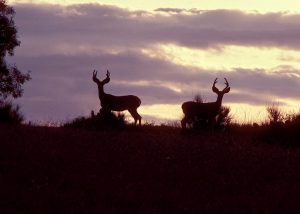

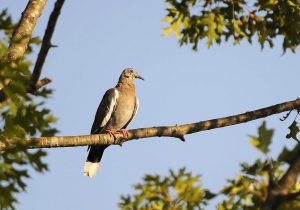
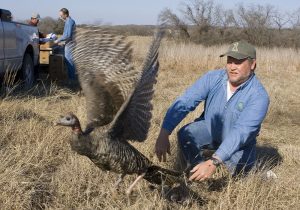
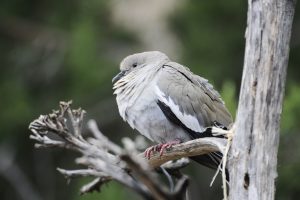
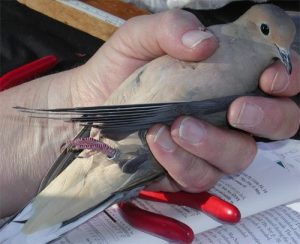

 Passport to Texas is a
Passport to Texas is a  Passport to Texas is made available by:
Passport to Texas is made available by: